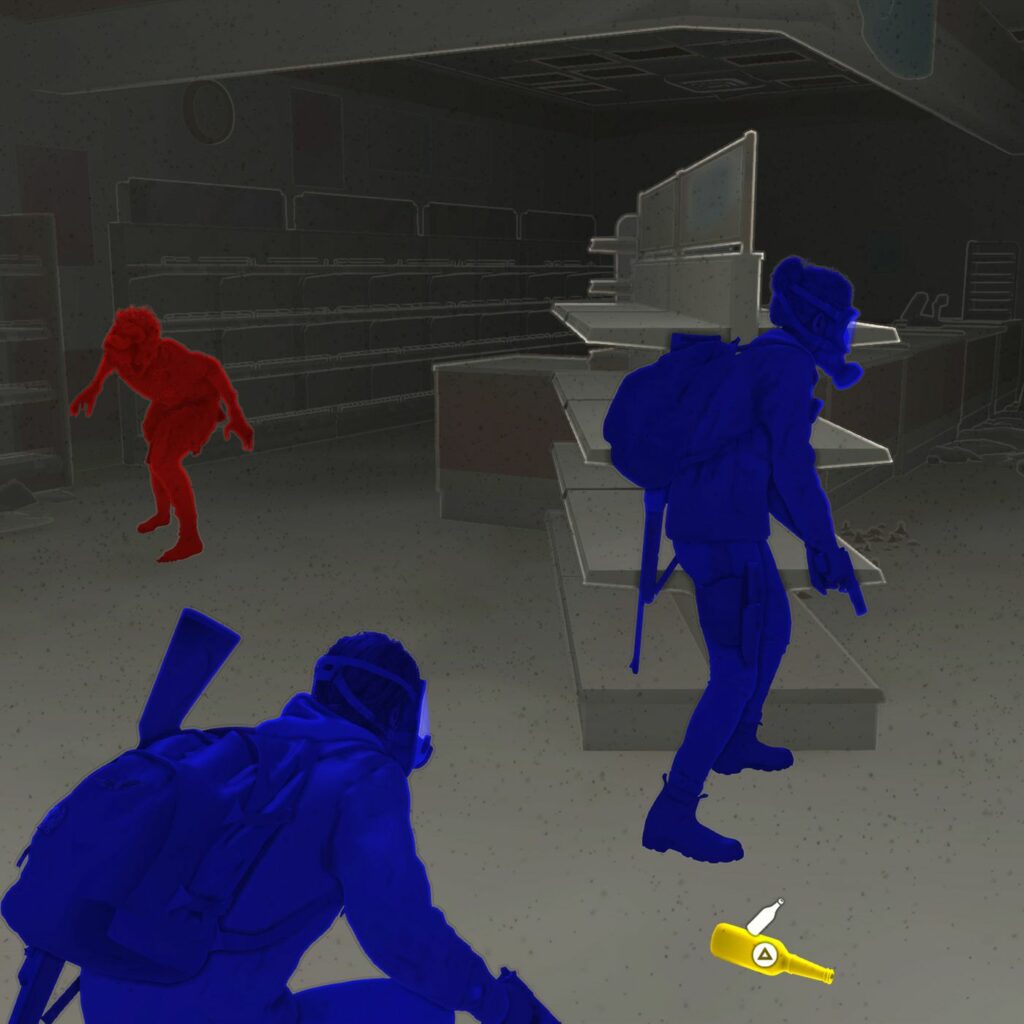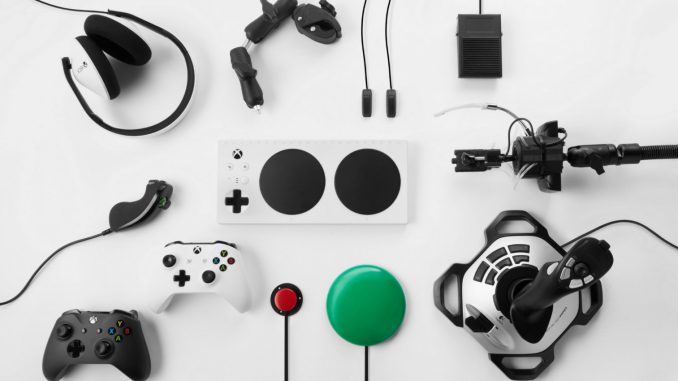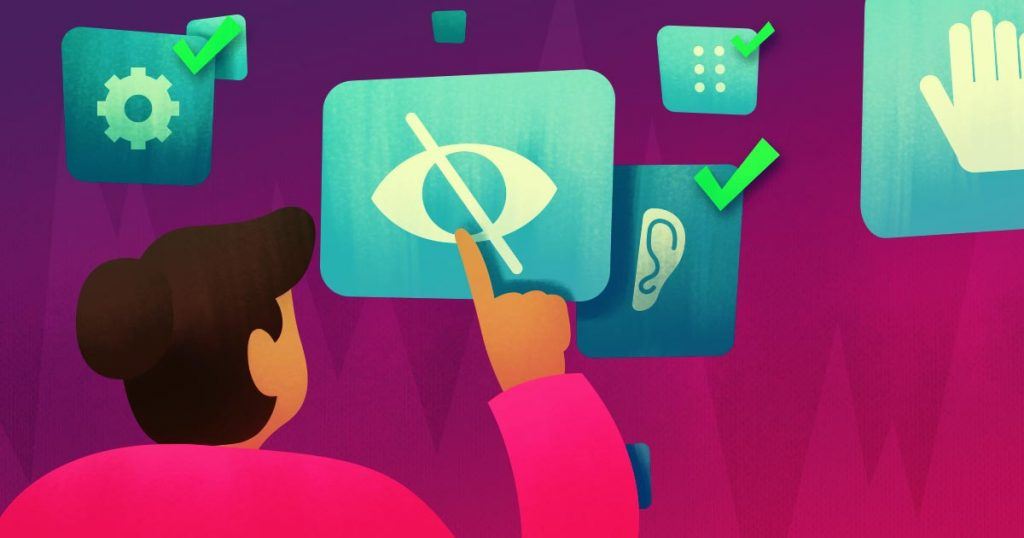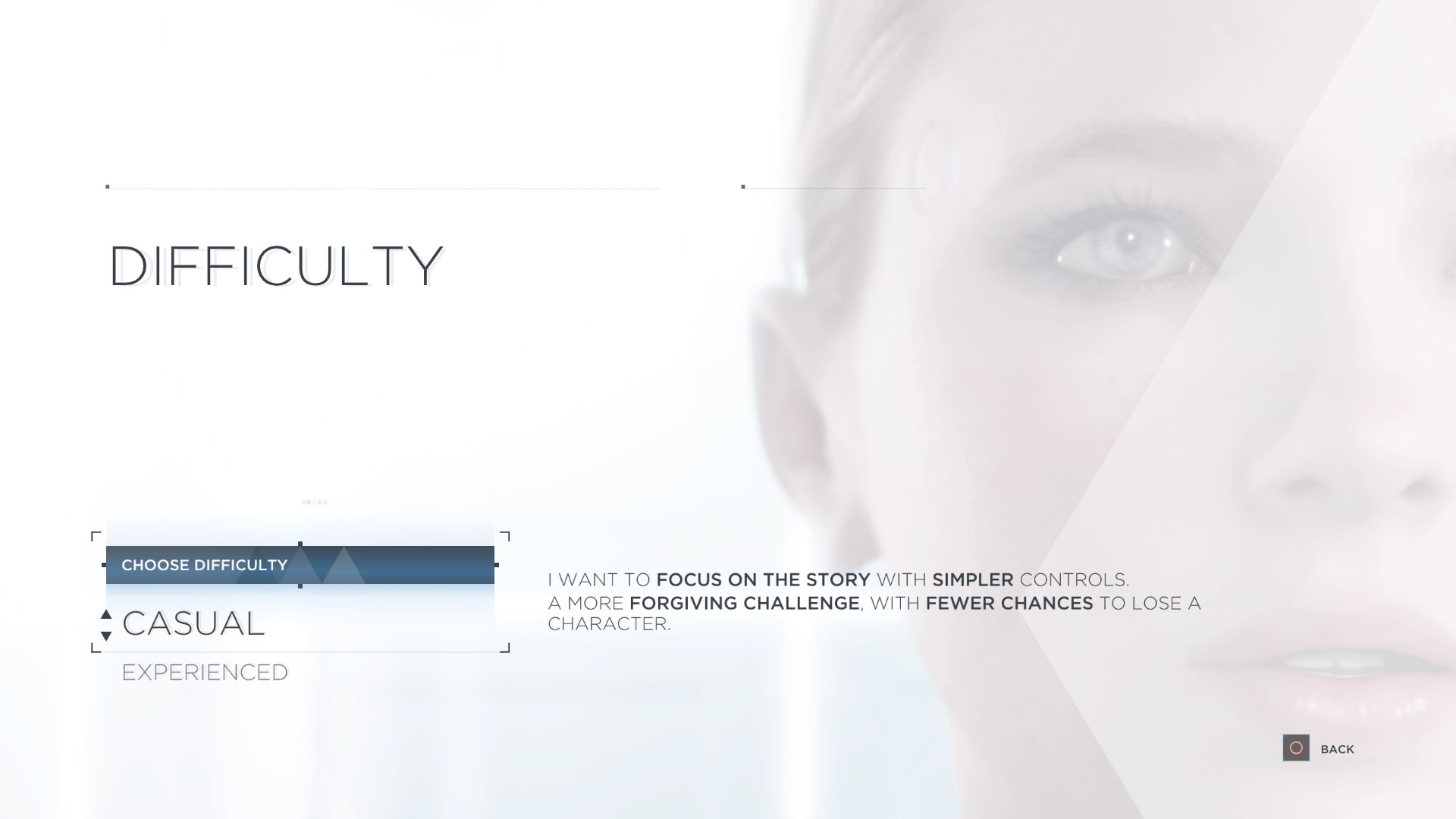_Games are a great interactive and beloved medium – but only few take their time and establish accessibility options. Yet in the last few years many games started to focus on becoming more and more inclusive.
Every disability is unique. Every game is unique. But that shouldn’t stop developers to make their games more inclusive.
Mark Brown, GMTK
_Accessibility is on the rise and is observable in small indie productions and big AAA-games – yet it is not state of the art. The sophistication of said inclusion can vary a lot between games, but some patterns seem to be visible: it started with the customization of inputs and soon simple colorblind or high contrast options were added. In 2020, the game “The Last of Us: Part II” collected several nominations and prizes and also won the award for ‘Best Innovation in Accessibility’. With over 60 different accessibility options, it did set the bar high for the gaming industry. It’s just better for everyone – even a lot of able-bodied people tend to modify and adjust the game to their specific needs; be it just bigger subtitles or getting help with target acquisition. There are many other ways to make games more inclusive, like the “copilot” function on Xbox – it makes it easier for those who need assistance from another person with game inputs through a separate input device. Better inclusion enhances the overall UX of a product – ultimately making it better.
_Why is accessibly in games so important? Simply put – because games are important. Not only by huge difference they can for people’s lives in regard to creation, recreation, culture and socializing – which can sometimes be inaccessible for some people – games can make up for these missing pieces; it’s a 100$ billion industry. Being left out or even locked out of this form of entertainment by excluding people with lack of accessibility options would be a huge loss – not only defining it by financial loss, also in a huge loss in community members. Designing games in an accessible way can make a huge difference in people’s lives. Also, since 2019 there are legal requirements for new games which hit the market in various countries, (e.g., the CVAA in the USA) making it a requirement for every game to be accessible to wide range of people with impairments since January 2019.
_Right of the bat – accessibility should be a key factor from the beginning of every game development – or even project. The earlier it gets implemented and thought oh, the easier it will work out in the end. Most accessibility issues can be dealt with as long as they are considered early enough in the development cycle. Many indie developers begin to implement accessibility options into their projects. Yet there are many views – mainly misconceptions – on the implementation of accessibility in the industry; AAA-studios often worry about the market size for it, their return of investments, how to convince the whole team and, often in large studios with huge projects, managing its implementation with their already big enough workload and often too tightly planned schedule, which is often already set up to end in horrible crunchtime (unpaid overtime). Indie devs often worry to much about its inherent costs for implementation and often only start thinking about it too late in development. Basically, it’s an awareness problem now.
_The field of accessibility spans over a big area and it’s nearly impossible to cover everything, due to its highly changing nature. With every impairment taken into consideration, more questions and possible ways to approach them will crop up. Advice for starting developers? Just do something – anything helps. It may sound trivial but keeping it in mind and raising awareness for the topic by just including small customization for a start helps a lot – it ultimately cements it in the brains of the users as the default options which should always be there. If you just see the huge mountain of possibilities and get overwhelmed by it, being afraid to not get everything done and in the end do nothing – would be the worst outcome for your project. No matter how small, for a first attempt in accessibility and gradually building on these learnings will turn out perfectly. Just start with the easy things – like adjustable text size.
This journey will lead us through the vast possibilities of making games more accessible and will explore what might be best way for designers to implement said accessibility features.
_Best Practices in the field of Game Accessibility:
PlayStation, Microsoft, The Last of Us: Part II, Spiderman: Miles Morales



_Literature & Resources
- Mark Brown, GMTK: How Accessible Were 2020‘s Biggest Games?
- Mark Brown, GMTK: Designing for Disabilities
- GAconf (Game Accessibility Conference)
- https://www.playstation.com/en-us/games/the-last-of-us-part-ii/accessibility/
- http://gameaccessibilityguidelines.com/
- https://caniplaythat.com/
- https://gamesforchange.org/studentchallenge/game-accessibility-resources/#1613102520341-a5961431-e2bb
- https://medium.com/potato/the-right-to-play-accessibility-in-gaming-a954b01023f
